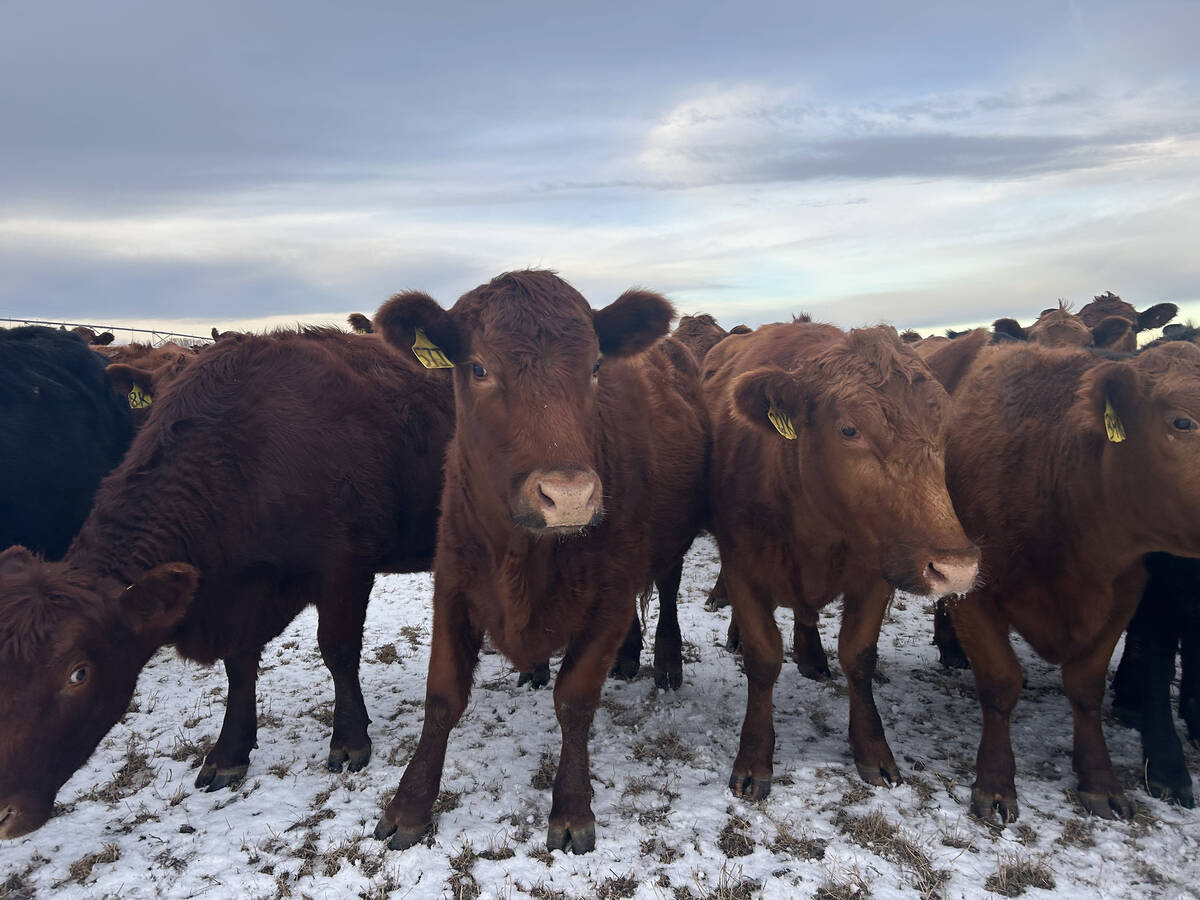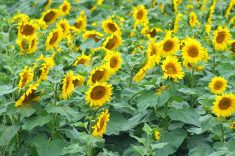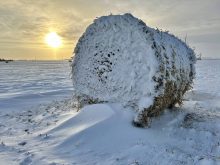Canola yield estimates across the Prairies are quite varied, ranging from above average to well below normal levels, depending on the area, according to industry analysts.
The canola harvest in Manitoba is by far the most advanced on the Prairies. Early yield reports from around the province suggest canola yields are variable, despite high expectations for the crop, said Ron Frost, analyst with Frost
Forecast Consulting in Calgary.
"I’ve heard a couple Manitoban farmers say they are extremely disappointed with 20- to 25-bushel yield numbers on crops that looked like they would do a solid 40 to 45," he said.
Read Also

Feed Grain Weekly: Prices levelling as demand wanes
Soft demand has feed grain prices levelling off, said Darcy Haley, vice-president of Ag Value Brokers in Lethbridge, Alta.
Manitoba agronomists, he said, have confirmed in conversations that canola, which was expected to yield a lot higher, only managed to get to the high 30s because of the heat.
Rain in Manitoba during June in the province increased the risk of sclerotinia, which can cause premature ripening and pod shattering at harvest.
Leafhoppers carrying the pathogen for aster yellows have also appeared in scattered fields across the province. Once a canola plant is infected with the leafhopper’s phytoplasma, crops develop smaller or deformed pods that limit seed size and quality.
Saskatchewan has also seen some aster yellows in its fields, said Catherine Folkersen, executive director of SaskCanola in Saskatoon.
Though wet weather has delayed Saskatchewan’s harvest, production is expected to be average in a year where 11 million acres of canola were planted, she said.
"We have the whole range from great crops to poor crops," Folkersen said. "My guess for the year is Saskatchewan will come in with an average crop because we have so much land mass."
Factors weighing on Saskatchewan yields include excessive rainfall and hail damage. Folkersen said many canola plants have drowned from localized flooding in the province, and some of what survived the rain is now being attacked by bertha armyworms.
However, it won’t be entirely clear what yields will be like until the crop is harvested, she said. She said many plants appear very lush, but until the crop is taken off the field, there’s no clear indication of how much the crop will yield.
Nonetheless, Folkersen didn’t anticipate a bumper crop like what she expects in Alberta.
"At least average"
Alberta is in the very early stages of its canola harvest, and crops are looking good, despite facing similar challenges to the other Prairie provinces.
However, it’s unlikely the province’s canola yields will be bin-busting, said Charlie Pearson, crops analyst with Alberta Agriculture and Rural Development in Edmonton.
"We’ve had bits and pieces of hail go through, and we’ve had some drier conditions up in the Peace River region of northern Alberta. We’ve also had some aster yellows," he said.
"But what we do know today is that 90 per cent of the canola is in good to excellent condition across the province. The promise is at least average and probably above-average yields, in spite of all the challenges."
Overall, he said, rain and heat have been timely for the crop, combined with good seeding weather earlier in the season.
Statistics Canada will release its first look at Canadian grain and oilseed production estimates next Wednesday (Aug. 22).
— Ryan Kessler writes for Commodity News Service Canada, a Winnipeg company specializing in grain and commodity market reporting.














